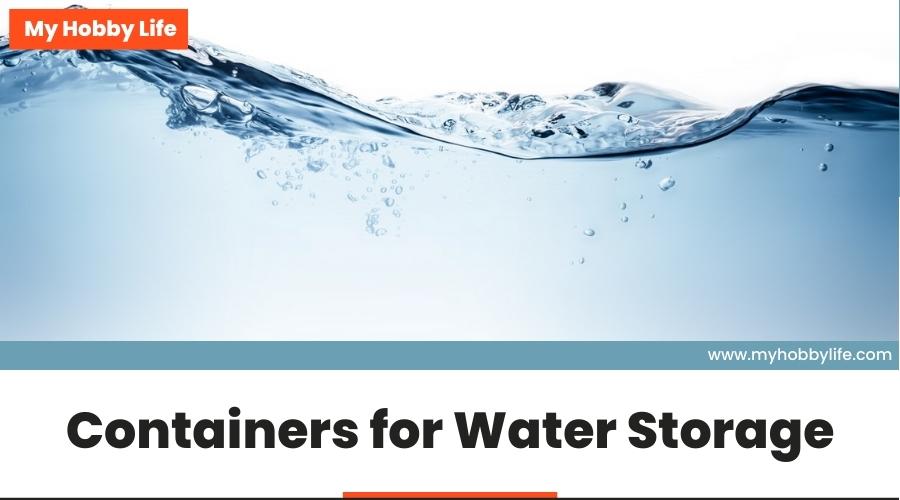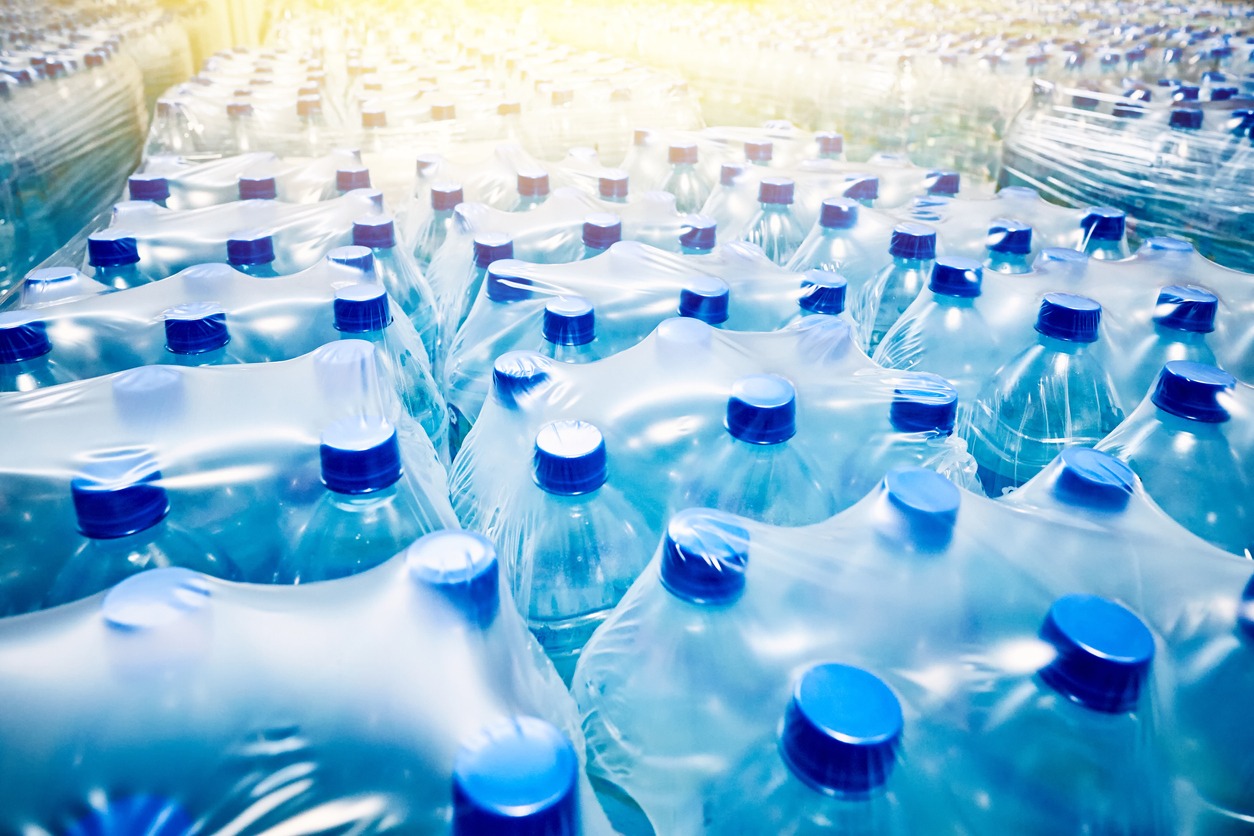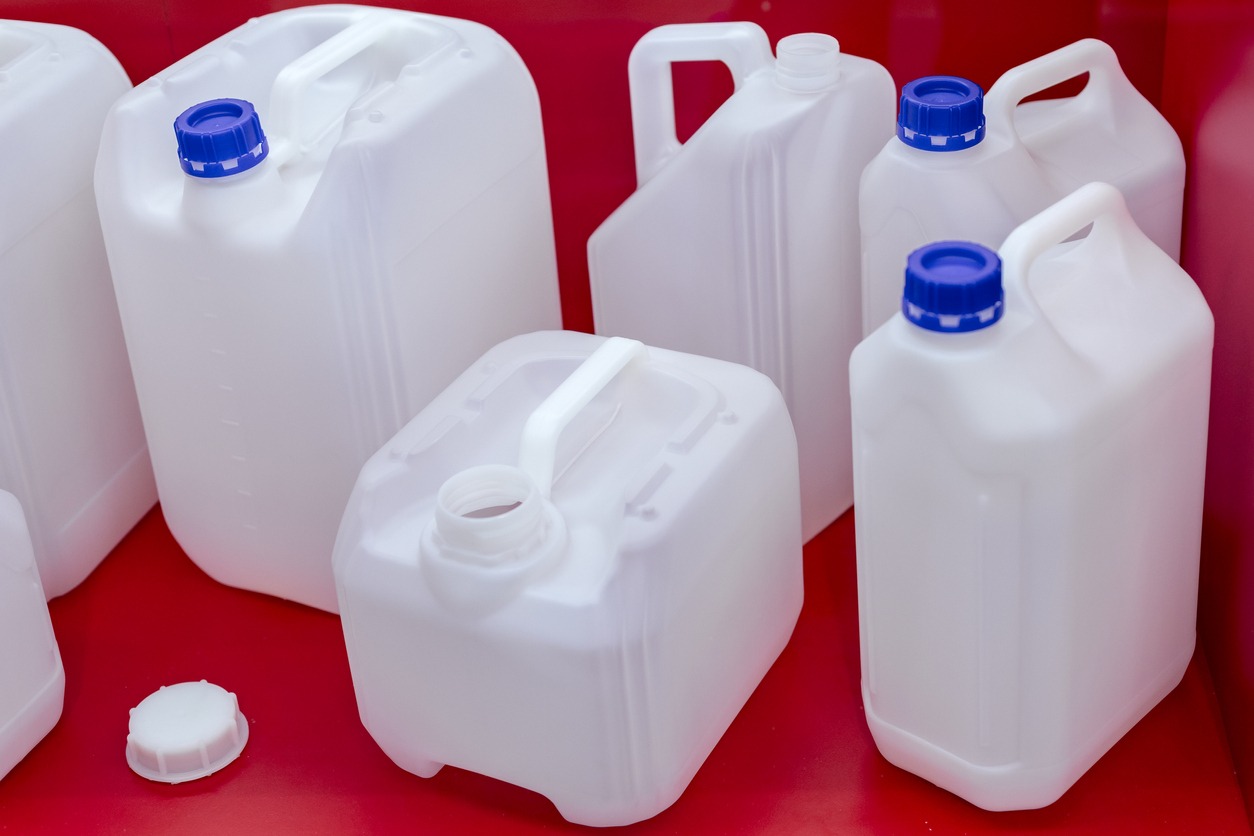Emergencies frequently happen when we least expect them to and can get out of control rapidly. You’re mowing the grass one day while the sun is shining. Later, you are surrounded by a hurricane and fighting for your life. The supplies have been poisoned, and by the time you arrived, all the stores had run out of water, so there is no water to drink. The kids need water, the roads are closed off, and rescue services won’t be in your neighborhood for days. Nobody will ever assert that they intended to suffer a natural calamity. However, planning for failure is what you do if you don’t plan for success. Water storage containers are a simple solution to guarantee the safety of your family in an emergency.
How Much Water Should I Keep
According to general emergency recommendations, you should have three to two weeks’ worth of water stored in your home, or one gallon per person each day. A typical active person has to consume two quarts (12 gallons) or more of water per day. Remember that you must consider the wants and routines of your family members. The actual quantity of water you have on hand in case of emergency will be up to you to decide. You could need to store less or more than what the recommendations suggest depending on your storage capacity and personal circumstances. Keep in mind that you might change your regular routines to get through the emergency.
How to Choose a Container
It is advisable to use food-grade water storage containers that don’t leach harmful materials into the water they are holding while keeping safe water (water that has been treated to make it safe to use). In overstock or camping equipment stores, you can find storage containers that have received approval for food use. If you are unsure whether a storage container is food quality, get in touch with the manufacturer. If using a food-grade water storage container is not an option, make sure the container you pick:
- Has a lid that may be tightly closed.
- Choose a container that is constructed from strong, unbreakable materials.
- Use a container that has a thin neck or opening if at all possible so that water can be poured out. But never use containers that have previously held dangerous liquid or solid compounds.
Is it Possible to Store Water in Any Old Plastic Bottle?
The inclination is to believe that “plastic is plastic.” But it isn’t. Toxins can seep into water from PVC polymers over time. That’s not good. Take-out restaurants may use polystyrene to hold drinks, but it, too, can leech pollutants into the liquid it is carrying. It’s also a disaster for the ecosystem. High-Density Polyethylene, or HDPE, is a safe type of plastic that can be used to store potable water for a long time. It is the most secure sort of polyethylene for storing water.
Polypropylene will also work. That’s the stuff that margarine tubs are made of. Less desirable but still useful is low-density polyethylene. This stuff is okay in a pinch but isn’t typically recommended for water storage since there are other, better options available. Also, remember that while it may be tempting to store water in old soda bottles, plastic can absorb flavors. So, your water could wind up tasting differently.
Before Using a Water Storage Container, Clean and Sanitize It
Use these techniques to clean and sterilize water storage containers before filling them with safe water.
- Rinse the storage container well with water.
- Sanitize the container by mixing 1 teaspoon of unscented liquid home chlorine bleach in 1 quart of water. Use bleach with a sodium hypochlorite concentration of 5%-9%.
- Close the container tightly and shake vigorously. Make sure the sanitizing bleach solution touches all of the container’s internal surfaces.
- Allow at least 30 seconds before pouring the sanitizing solution from the container.
- Allow the empty cleaned container to air-dry before using it or rinse it with safe water.
- Fill the cleaned container halfway with clean water and close the top tightly.
What to Look for When Purchasing Water Storage Containers
There are a few things to think about before you start looking for storage containers. These include the available storage space, the money for acquiring containers, the number of people to prepare for, and the location. If storage space is limited, choosing containers that stack easily may be a sensible choice. Round containers are more difficult to put into a space without sacrificing significant storage space.
Plastic is less expensive than metal or glass, although the latter is more durable and less prone to contain pollutants. Barrels are bulky but dependable. Although bathtub bladders can contain a lot of water, this type of emergency water storage bag will take up tub space, restricting cleaning areas. Water tanks may hold a lot of water but are not movable; this can be an issue if evacuation is required. Within a few days of a crisis arising, water in a pool can be used, although it is likely to become contaminated quickly. Although a well is not technically a container in the literal sense of the word, it is a great option because it is designed to supply fresh water already.
Mistakes to Avoid in Water Storage
- The water is not necessarily safe to drink just because it is clear and colorless. The majority of pollutants are colorless and can be lethal if ignored.
- It’s not a good idea to store water in anything other than food-grade containers. So, before making a purchase, one should check for ISO and FDA permission.
- Water shouldn’t be kept in containers that have also held other things in the past. When reusing a container to store water, thorough cleaning is always required.
- Water should never be stored in metallic containers made of metals other than stainless steel, as doing so will cause the metals to corrode and render the water unusable.
- Water will be exposed to outside factors including dirt, winds, and animals if it is stored in a container that cannot be shut.
- There is always a potential that water could become polluted over time, even if it is stored in an inactive location, thus it is also important to replace the water in the water container.
One of the most important things that people ignore is water storage, which is made even more difficult in the modern world where water is valued as a precious resource.


